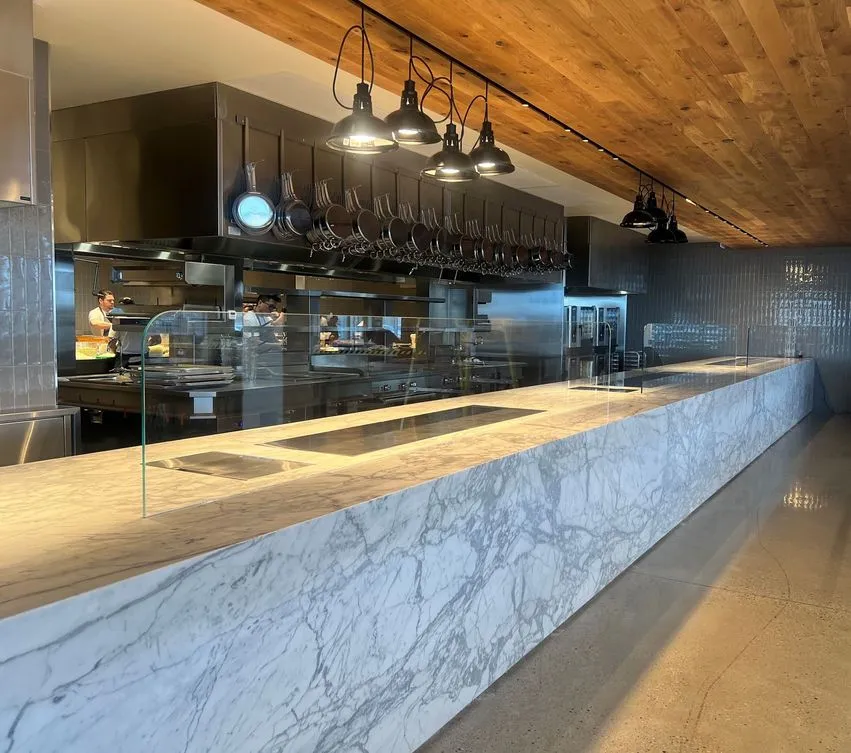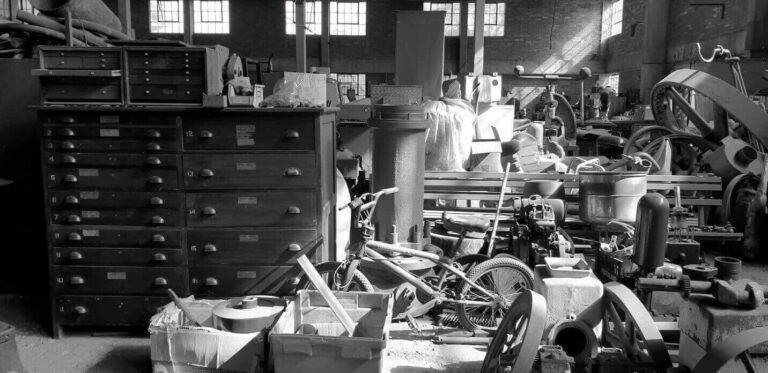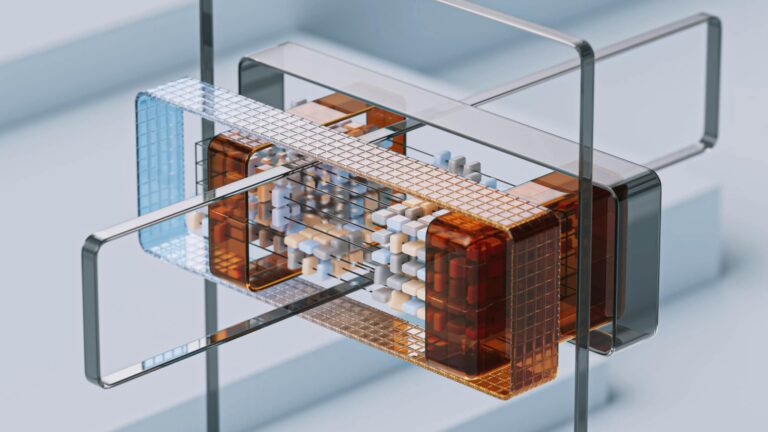Mastering the Art of Glass Bending in Modern Design

Glass, with its sheer transparency and versatility, has been a staple of modern design and architecture for decades. The seamless, almost magical bends that turn an otherwise flat sheet of glass into the graceful curves of a skyscraper’s exterior or the futuristic contours of a high-end automobile are more than just aesthetically pleasing; they’re a testament to human creativity and engineering prowess. Bending glass, however, is not without its challenges. In this blog post, we’ll explore the intricate world of glass bending, unpacking the difficulties faced by those who work with this material and the cutting-edge solutions that have arisen in response.
Contents [show]
The Science of Glass Bending
Before we can explore the processes and technology involved in bending glass, it’s crucial to understand the science behind it. Most of the glass in modern design is thermally tempered, a process that involves heating the glass uniformly to a high temperature and then cooling it rapidly to create a state of internal tension which dramatically increases its strength. However, when it comes to bending, the heating process must be more precise—only affecting specific areas of the glass, known as the zone of bending, to prevent unwanted warping or deformation in other parts.
Precision Is Key
The success of glass bending hinges on precision. Even a minor variation in the heat application during the bending process can lead to distortion, necessitating an intricate dance of temperature control and timing. Engineers must calculate these factors down to the second, ensuring that the glass reaches its ‘softening point,’ the ideal temperature for shaping, without overshooting and causing damage.
The Challenge of Uniformity
One of the primary obstacles in glass bending is achieving uniform heating. Any cold spots will lead to stresses and uneven bends. This requires cutting-edge technology, such as custom-designed ovens with carefully calibrated heating elements, or, in some cases, the use of lasers to cater the heat exactly where needed.
Tools of the Trade: Bending Equipment
The technology that facilitates glass bending is as remarkable as the process itself. From the humble blowpipe used by artisans for centuries to the modern marvels found in today’s glass factories, the tools and equipment continue to evolve to meet the growing demands of the design industry.
The Glass Kiln
The backbone of the glass bending process is the kiln, a furnace specifically designed to accommodate large pieces of glass such as those used in architectural and automotive applications. Computer-controlled kilns not only provide the high, consistent temperatures required for bending but also ensure the gradual cooling essential for tempering the glass.
Molds and Mandrels
Molds and mandrels are the molds into which the glass is shaped during the bending process, providing the form and structure for the final curve. These parts are often custom-made for specific projects, ensuring that the glass conforms precisely to the intended design.
Innovative Solutions for Glass Bending Challenges
The challenges of bending glass have spurred innovation in a variety of areas, from material science to manufacturing. Designers and engineers have created new techniques and materials to push the boundaries of what’s possible with curved glass.
Bendable Glass
Advances in glass composition have led to the development of ‘bendable glass,’ a material that can undergo significant curvature without breaking or losing its strength. This innovation has broadened the scope of design possibilities, allowing for shapes that were once inconceivable.
Digital Simulation
The advent of digital technology has been a game-changer for the glass bending industry. Simulations can now predict how a piece of glass will behave under various heating and bending scenarios, allowing engineers to refine their processes before any glass is bent in the real world.
Case Studies in Architectural Marvels
The challenges of bending glass are readily apparent in some of the most celebrated architectural works of recent years. These case studies highlight the scale of the challenge and the remarkable outcomes that are possible when those challenges are met with ingenuity and expertise.
Burj Khalifa, Dubai
The Burj Khalifa, the tallest building in the world, is famous for its elegant, upward-reaching silhouette. Central to its design are the complex, double-curvature glass panels that form the exterior. These panels, each unique in shape, required cutting-edge bending techniques to create and install.
The Gherkin, London
The Gherkin, officially 30 St Mary Axe, is a London landmark with a distinctive, curved glass exterior. Over 24,000 square meters of glass cover the building’s 41 floors, and each panel had to be precisely bent to accommodate the structure’s iconic form.
Conclusion
Glass bending is an art that marries the precision of science with the creativity of design. As we’ve seen, it poses a formidable set of challenges, but the solutions that have emerged are equally extraordinary. The question ‘can you bend glass?’ often arises, and whether in the form of cutting-edge kilns, advanced simulation software, or entirely new materials, the glass bending industry continues to innovate and provide affirmative answers through its advancements.
For those on the forefront of modern design, the ability to bend glass represents a passport to uncharted realms of creativity. It offers the opportunity to bring to life structures and products that not only defy convention but also inspire wonder. In the end, the challenges of bending glass are not barriers but rather gates that, once unlocked, lead the way to the future of form and function in design.
Also Read: Why Fiberglass Manufacturing & Supply Leads the Way





